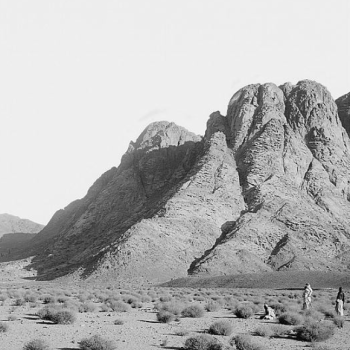
The material formerly here has been re-worked, modified, and edited and is now included only in my book, The Word Set in Stone: How Archaeology, Science, and History Back Up the Bible (Catholic Answers Press: March 15, 2023)
***
Photo credit: Abraham Casting Out Hagar and Ishmael (cropped) (1657), by Guercino (1591-1666) [public domain / Wikimedia Commons]
***













